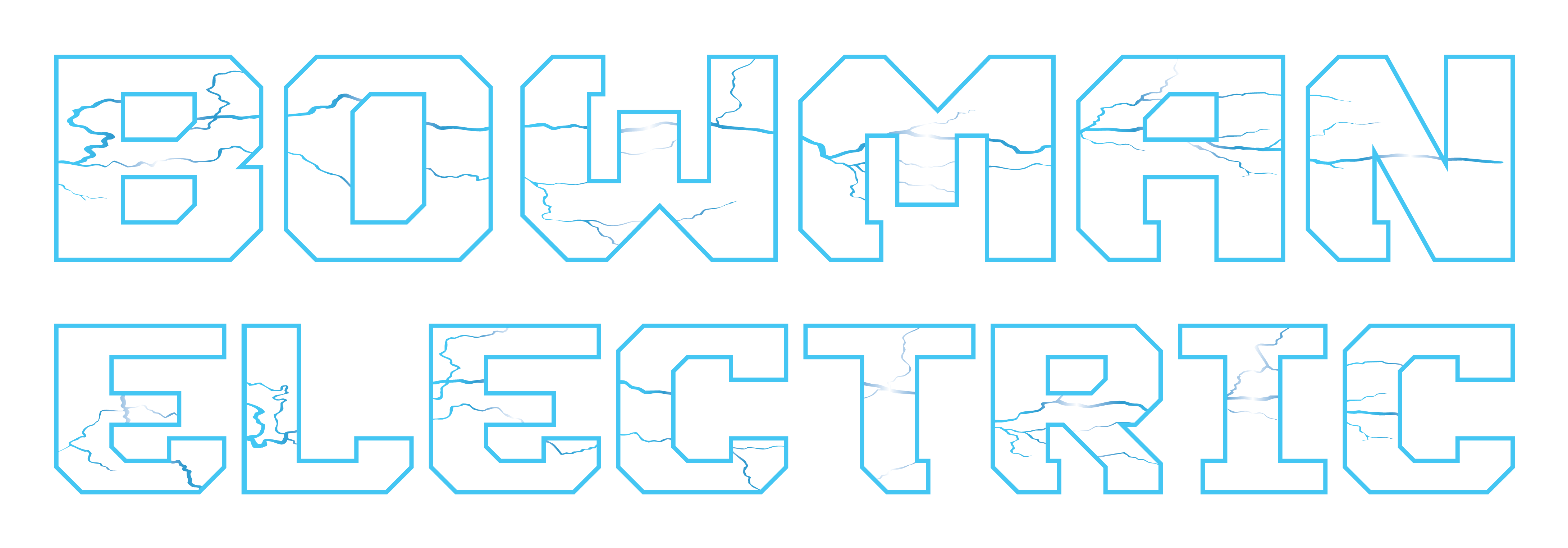Understanding Your Breaker Box: A Guide for Homeowners
- Leanne Bowman
- Mar 12, 2024
- 3 min read

For many homeowners, the electrical breaker box, also known as the circuit breaker panel, remains a mystery. Hidden away, often in a basement, garage, or utility closet, this essential component of your home's electrical system plays a crucial role in ensuring safety and convenience. Learning about your breaker box is not just about understanding your home better; it's about enhancing safety, improving energy efficiency, and being prepared for emergencies. Bowman Electric presents this comprehensive guide to help homeowners get acquainted with their breaker boxes.
What is a Breaker Box?
A breaker box, or circuit breaker panel, is the main distribution point for electrical circuits in your home. It contains multiple switches, known as breakers, each of which controls the electrical flow to a different area or appliance. Its primary function is to protect your home's electrical system from overload by automatically shutting off power when the system is overloaded or at risk, preventing fires and other hazards.
Importance of Knowing Your Breaker Box
Safety: Understanding which breaker controls which part of your home can help you quickly respond to electrical issues, reducing the risk of fire or damage to appliances.
Efficiency: Identifying and labeling each circuit allows for better energy management and can help identify sources of electrical waste.
Emergency Preparedness: In case of an emergency, knowing how to quickly turn off power to parts of your home or the entire house can be lifesaving.
Learning the Basics
Location: First, locate your breaker box. Common places include basements, garages, and utility closets. Some homes may have more than one.
Layout: Open the panel door to view the circuit breakers. Each breaker should be labeled, indicating which part of the house it controls. If labels are missing or unclear, it's a good idea to create a map of your circuits.
Types of Breakers: Most panels contain single-pole breakers for standard circuits and double-pole breakers for large appliances or high-demand areas. Familiarize yourself with the types in your panel.
Mapping Your Circuit Breaker Panel
Creating a detailed map of your circuit breaker panel can save time and frustration. This involves turning off each breaker and identifying which lights, outlets, or appliances are affected. Label each breaker clearly with its corresponding area or appliance. This task can be time-consuming but is invaluable, especially in emergency situations or when performing electrical work.
Maintenance and Safety Tips
Regular Inspection: Inspect your breaker box regularly for signs of wear, such as rust or loose connections. Contact a professional if you notice anything unusual.
Testing Breakers: Test each breaker occasionally to ensure they are functioning correctly. This can be done by flipping each switch off and then back on.
Professional Assistance: For any upgrades, replacements, or if you're unsure about your breaker box's condition, always consult a licensed electrician. DIY electrical work can be dangerous and is not recommended.
Understanding and learning about your breaker box is a vital part of homeownership. It empowers you to manage your home's electrical system safely and efficiently, ensures you're prepared for emergencies, and contributes to the overall safety of your home. Bowman Electric encourages all homeowners to take the time to familiarize themselves with their breaker boxes, as this knowledge is key to a safer and more efficient home.
For more detailed information or assistance with your home's electrical needs, contact Bowman Electric. Our team of experts is ready to help you navigate the complexities of your electrical system, ensuring safety, efficiency, and peace of mind for you and your family.




